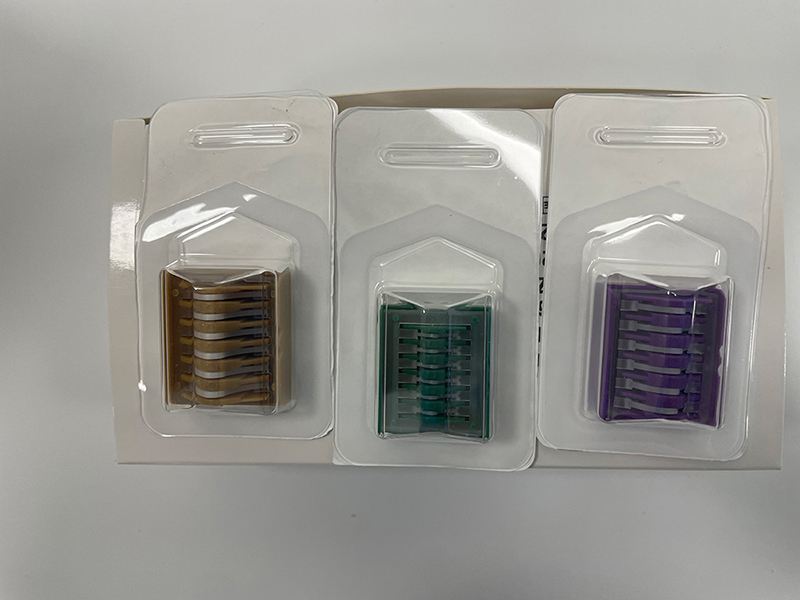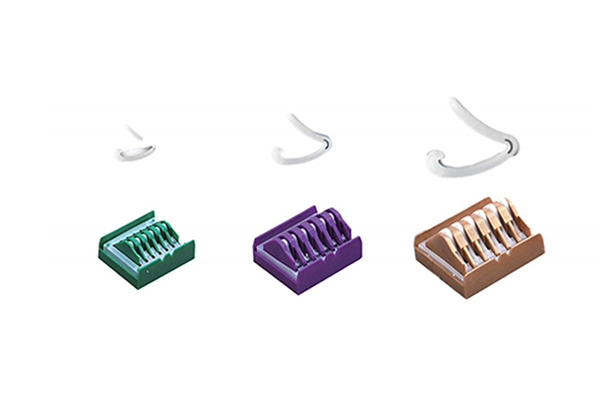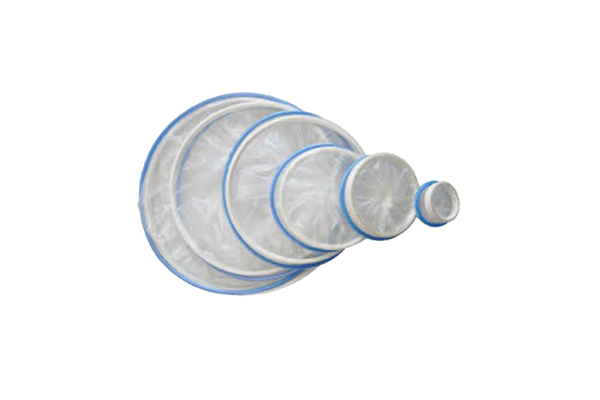
Reinkom Medical Instruments Co., Ltd
focused on disposable surgical medical instruments
reinkom clip hemolock for laparoscopic surgery
Laparoscopic surgery has revolutionized modern medicine by offering minimally invasive procedures with faster recovery times and reduced complications. One critical aspect of laparoscopic surgery is achieving effective hemostasis (stopping bleeding) to ensure clear visibility and patient safety. The Clip Hemolock is a widely used surgical clip designed specifically for this purpose.

In this article, we will explore the Clip Hemolock, its applications in laparoscopic surgery, benefits, and why it is a preferred choice among surgeons.
What is a Clip Hemolock?
The Clip Hemolock is a non-absorbable polymer clip used in laparoscopic and open surgical procedures to ligate (tie off) blood vessels, ducts, or tissue structures. Made from durable materials, these clips provide secure and permanent occlusion, preventing bleeding and ensuring surgical precision.
Key Features of Clip Hemolock:
Non-absorbable: Provides long-term vessel occlusion.
Secure locking mechanism: Prevents slippage post-application.
MRI-compatible: Safe for patients requiring post-operative imaging.
Easy application: Designed for use with laparoscopic clip appliers.
Applications of Clip Hemolock in Laparoscopic Surgery
Laparoscopic procedures require precise control of bleeding to maintain a clear operative field. The Clip Hemolock is commonly used in:
1. Cholecystectomy (Gallbladder Removal)
Clips are applied to the cystic duct and artery to prevent bile leakage and bleeding.
2. Appendectomy (Appendix Removal)
Used to secure the appendiceal artery before excision.
3. Nephrectomy (Kidney Removal)
Helps in ligating renal vessels during partial or full kidney removal.
4. Gynecological Surgeries
Used in hysterectomies and ovarian procedures to control vascular supply.
5. Bariatric Surgery

Applied to blood vessels during gastric bypass or sleeve gastrectomy.
How to Apply Clip Hemolock in Laparoscopic Surgery
Identify the Target Vessel – Use laparoscopic cameras to locate the blood vessel or duct requiring ligation.
Position the Clip Applier – Load the Clip Hemolock into a laparoscopic clip applier.
Apply the Clip – Place the clip around the vessel and close the applier to secure it.
Verify Occlusion – Ensure the vessel is fully compressed and no bleeding persists.
Proper training is essential to avoid misapplication, which could lead to clip migration or incomplete hemostasis.
Potential Complications and Considerations
While the Clip Hemolock is highly effective, surgeons should be aware of:
Clip Migration – Rare but possible if not applied correctly.
Incomplete Occlusion – May occur if the clip is not fully closed.
Foreign Body Reaction – Extremely rare due to biocompatible materials.
Proper technique and selecting the right clip size for the vessel diameter can mitigate these risks.
The Clip Hemolock is an indispensable tool in laparoscopic surgery, offering reliable hemostasis with minimal invasiveness. Its polymer construction, secure locking mechanism, and compatibility with imaging make it a superior choice compared to traditional metal clips or sutures.
For surgeons seeking efficient and safe vessel ligation in minimally invasive procedures, the Clip Hemolock remains a standard solution.
Previous: what is a wound protector in surgery
Next: None








